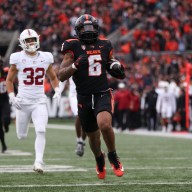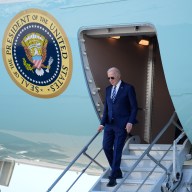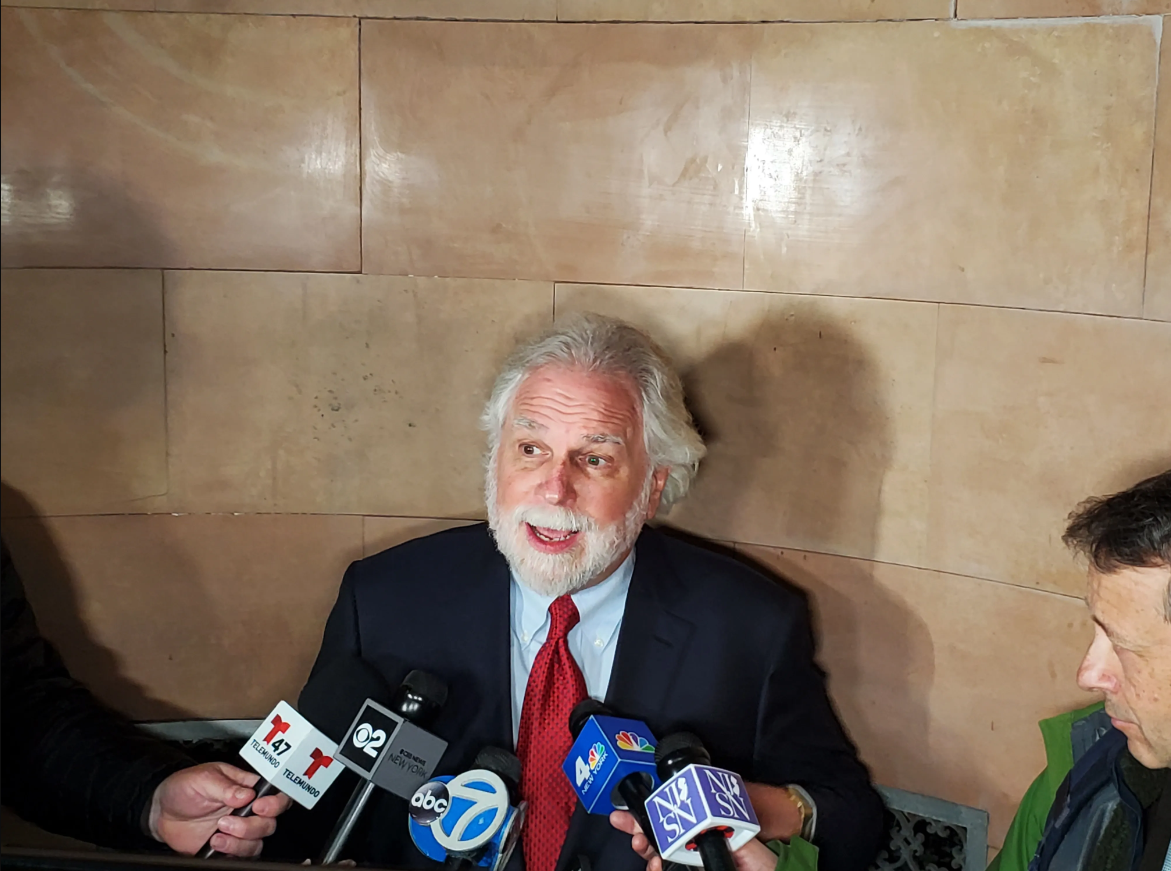WASHINGTON – The subway train that plowed into another, causing a crash that killed seven and injured scores of others in Washington, was part of an aging fleet that federal regulators had recommended three years ago be phased out or retrofitted, a safety investigator said Tuesday.
Debbie Hersman of the federal government’s National Transportation Safety Board said the Metrorail transit system “was not able to do what we asked them to do.”
The rush-hour crash sent more than 70 people to area hospitals and killed at least seven people.
There was conflicting information about the number of fatalities.
Mayor Adrian Fenty announced Tuesday that seven had died in the crash along a part of Metro system track that carries passengers from Washington into suburban Maryland. The District of Columbia Fire Department Web site announced early Tuesday morning that three bodies had been found in addition to the six fatalities reported earlier.
Fenty said two victims were hospitalized in critical condition.
Hersman said investigators expect to recover recorders from the train that was struck, providing valuable information that might help determine why the crash occurred. However, the train that triggered the collision was part of an old “thousand-series” fleet that was not equipped with the devices, she said at a news conference.
Earlier, Hersman told The Associated Press that the NTSB had warned in 2006 that there were safety problems related to trains rolling back on their tracks.
“When the train rolled back, the operator was not able to stop it,” she said. Hersman said the NTSB recommended that a specific series of cars be phased out or retrofitted to make them safer.
The Metrorail transit system “was not able to do what we asked them to do,” which was to either to retrofit the thousand-series or phase them out, she said. The NTSB considered the lack of action “unacceptable,” she said.
Monday’s crash was the worst in the history of Metrorail, which has shuttled tourists and federal workers between Washington and suburbs in the states of Maryland and Virginia for more than three decades.
Maya Maroto recalls hearing the sound of “metal on metal” as the train she was riding rear-ended the other one.
“We were going full speed – I didn’t hear any breaking. Everything was just going normally. Then there was a very loud impact. We all fell out of our seats. Then the train filled up with smoke. I was coughing,” the 31-year-old said. “It sounded like metal on metal. It felt like we hit a car. I couldn’t imagine it was another train.”
Maroto said there was confusion after the impact because no announcements were made immediately. She said some passengers wanted to climb out, but others were afraid of the electrified third rail.
Tijuana Cox, 21, was in the train that was hit. She had her arm in a sling Tuesday, saying she sprained it in the accident.
“Everybody just went forward and came back,” with people’s knees hitting the backs of the seats in front of them, said Cox.
Monday’s crash was the worst in the history of Metrorail. The only other fatal crash occurred on Jan. 13, 1982, when three people died as a result of a derailment beneath downtown.
In January 2007, a subway train derailed in downtown Washington, sending 20 people to the hospital and prompting the rescue of 60 others from the tunnel. In November 2006, two Metro track workers were struck and killed by an out-of-service train. An investigation found that the train operator failed to follow safety procedures. Another Metro worker was struck and killed in May 2006.















